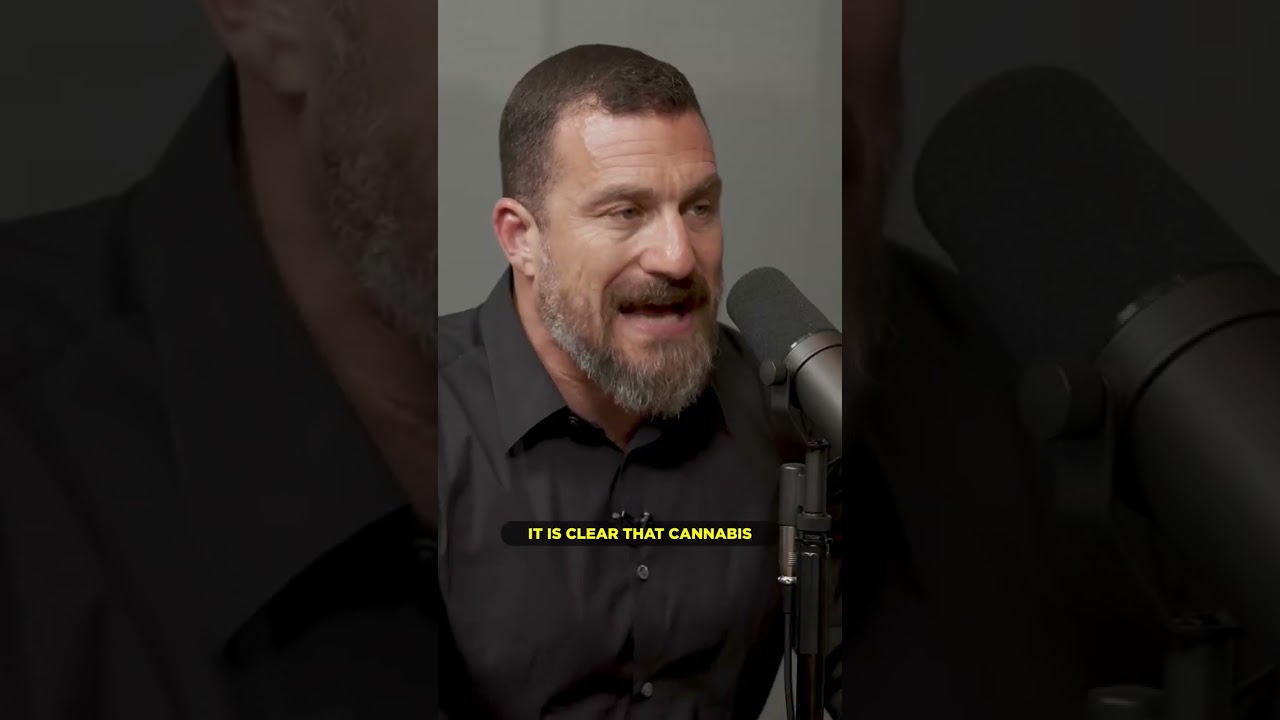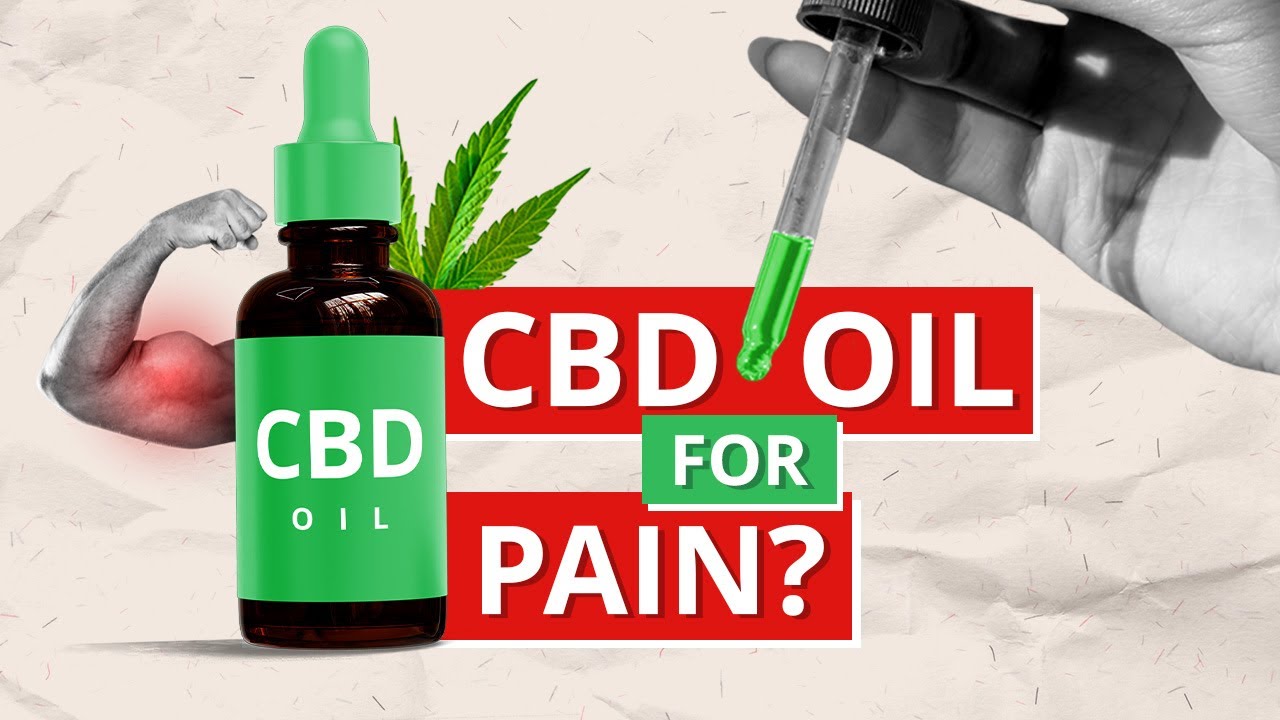This week’s podcast guest is Robert Hoban, a cannabis attorney and industry leader.
Hoban recently published a five-part series at Forbes.com in which he takes a deep dive on some of the most controversial issues in the hemp industry today.
Hoban has had a full-spectrum cannabis career, having worked extensively on both sides of the marijuana/hemp divide.
A few years before the 2014 Farm Bill opened a legal pathway for hemp in the U.S., Hoban was approached by a company that wanted to sell CBD, which at the time was a relatively unknown substance.
“I was asked a very direct question,” he said. “Is CBD legal under the Controlled Substances Act?”
He was only vaguely familiar with CBD at the time, and so he didn’t know the answer.
“I said, ‘Give me three weeks. I’m going to do the deepest dive I could possibly do,’ and I did,” he said.
The legal opinion he wrote based on his analysis was widely shared and ultimately was a contributing factor to the meteoric rise of CBD.
“Based on the definition of marihuana, spelled with an H under our Controlled Substances Act, it was quite clear to me that certain elements of the plant, and certain variations of the plant grown internationally, were indeed lawful under our Controlled Substances Act,” he said.
“And CBD is not and was never a scheduled substance.”
It’s not hard to draw a line between the overproduction of CBD after the 2018 Farm Bill and the recent market explosion of substances like Delta-8 THC or THC-0.
“Because of all this biomass, the lack of FDA action, and good ole American entrepreneurialism, we saw the rise of intoxicating hemp derivatives,” Hoban writes in his Forbes article.
Hoban refers to the derivatives, or IHDs, as “red state weed” because “much of this hemp derivative activity has become popular in so-called red states,” Hoban writes, where as Democratic-majority blue states are more likely to have avenues for legal marijuana through medical dispensaries or recreational shops.
Red state weed has created headaches for lawmakers who are trying to figure out the best way to deal these substances. Should they be regulated? Should they be banned?
Because Hoban has worked closely with both the hemp industry and the marijuana industry, he has watched with concern as these two sectors of the larger cannabis industry go to war over these derivatives.
“When I started to see the finger pointing back and forth, I just wanted to shed some light on what was happening and bring some perspective to it,” he said.
“And this was on the heels of fighting a policy battle in the state of Colorado, where the marijuana sector was very deliberate in its intention to shut this sector down.”
Some argue that the rise of IHDs was due to a loophole in the language of the Farm Bill. But Hoban said this is no loophole and the cannabis industry as a whole should be embracing these substances, not trying to ban them.
The demand for these products does not go away simply because a state government bans them. It only makes consumer safety an issue, Hoban said.
Read Robert Hogan’s articles on Forbes.com https://www.forbes.com/sites/roberthoban/
News Nuggets
Hemp sampling protocol changed in Pennsylvania
https://www.farmprogress.com/hemp/hemp-sampling-protocol-changed-in-pennsylvania
Oklahoma’s industrial hemp potential: Unveiling benefits and new task force formation
Advocates celebrate inclusion of hemp in USDA’s Census of Agriculture
https://mjbizdaily.com/advocates-celebrate-inclusion-of-hemp-in-usda-census-of-agriculture/
‘It’s almost carbon-negative’: how hemp became a surprise building material
Thanks to our Sponsors!
IND HEMP
Mpactful Ventures
https://www.mpactfulventures.org/
Forever Green, distributors of the KP-4 Hemp Cutter https://www.hempcutter.com/
source



